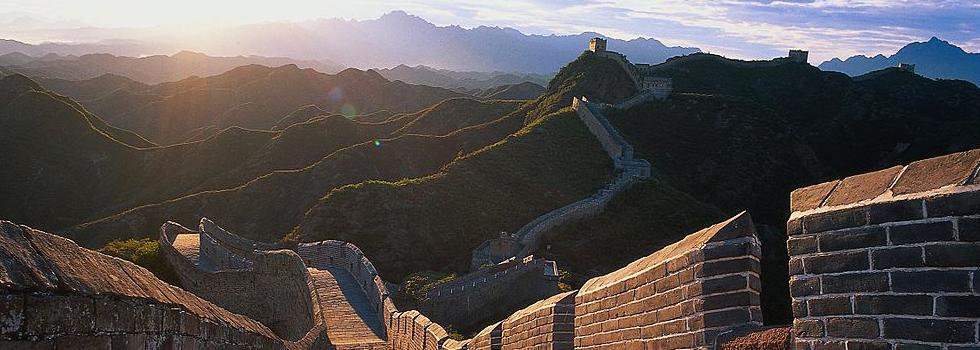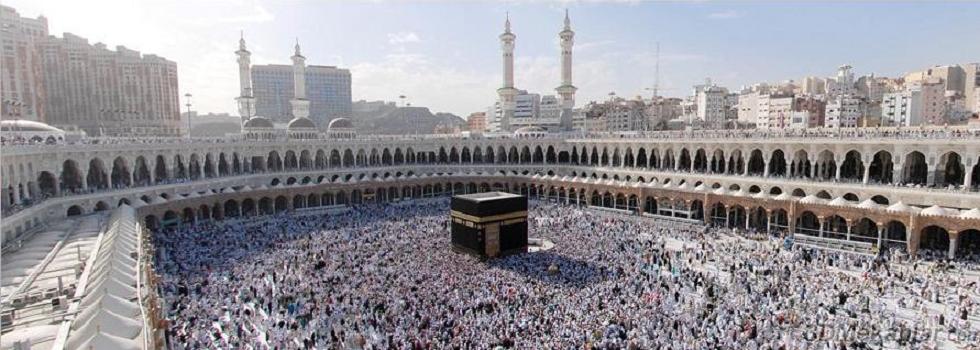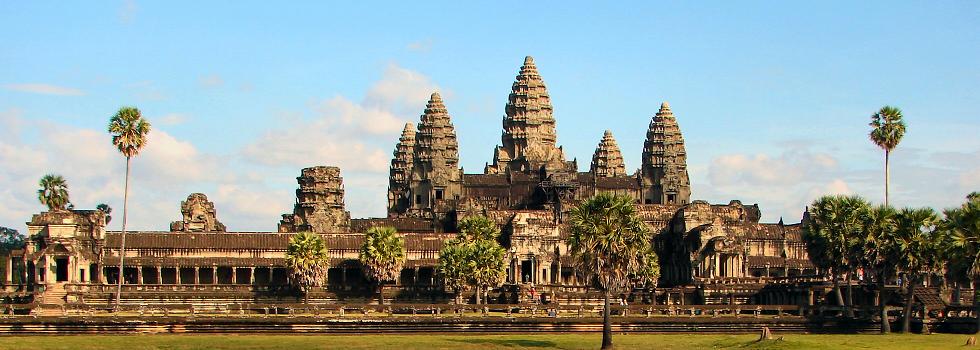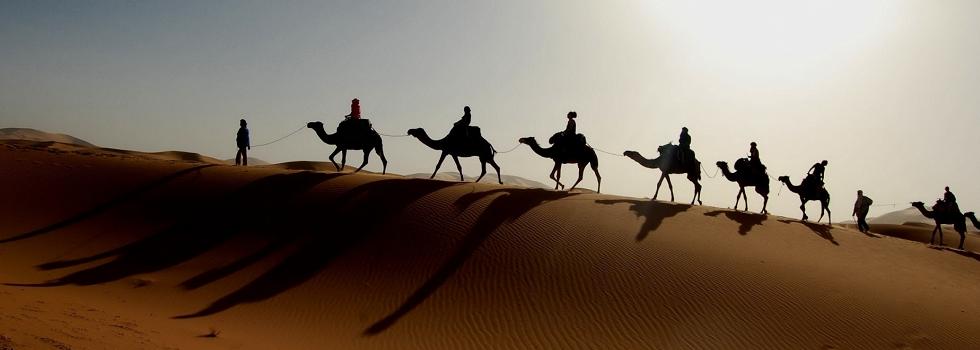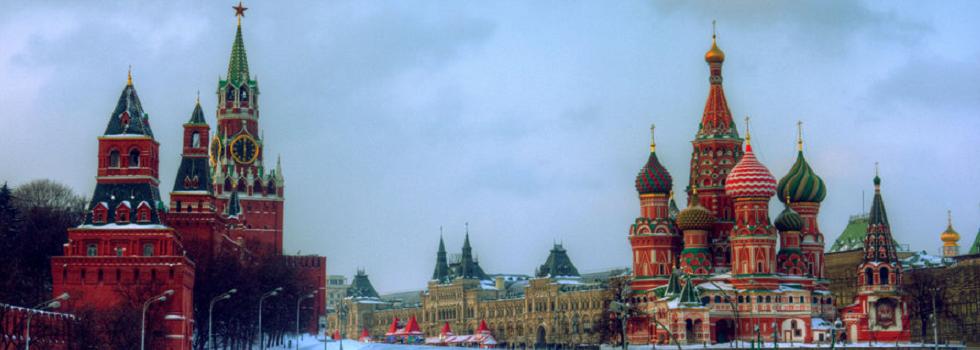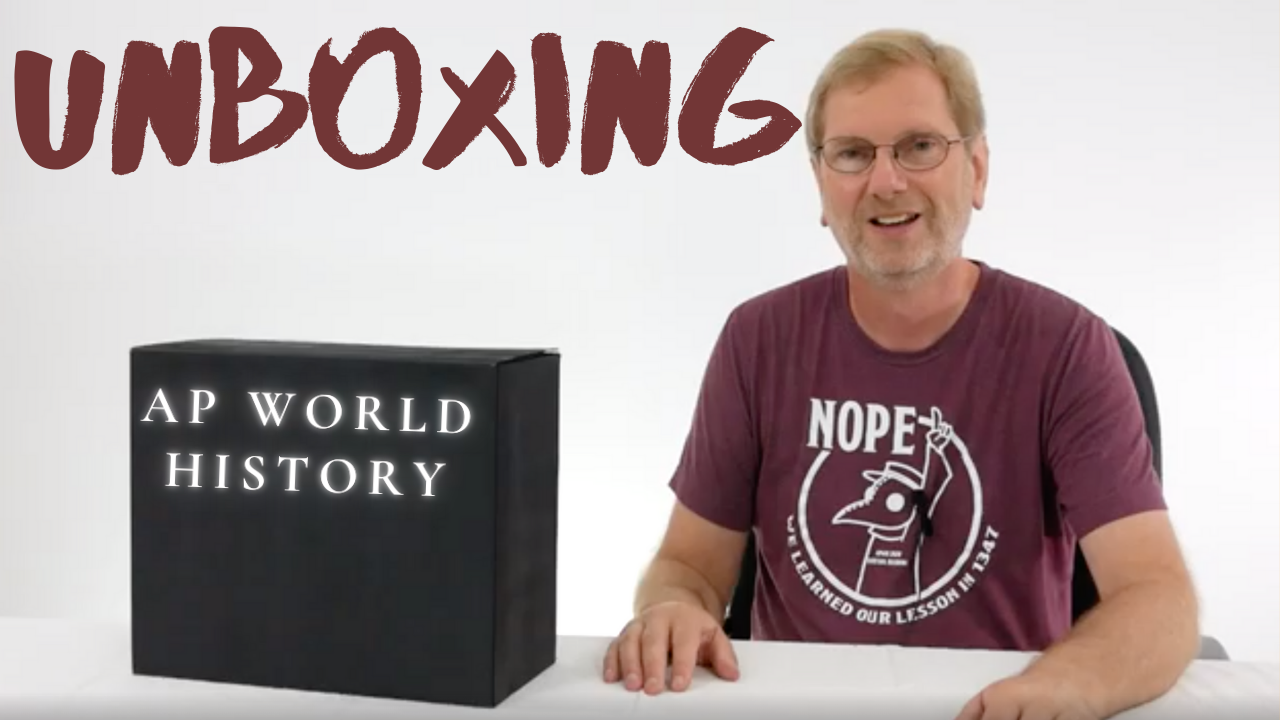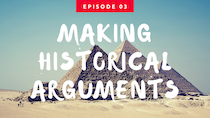| Assignment/Topic | Objectives |
|
About Me essay. Watch videos: Welcome to AP World History online. Complete Unboxing Scavenger Hunt (Google Form). |
|
Watch video Arguing in AP World History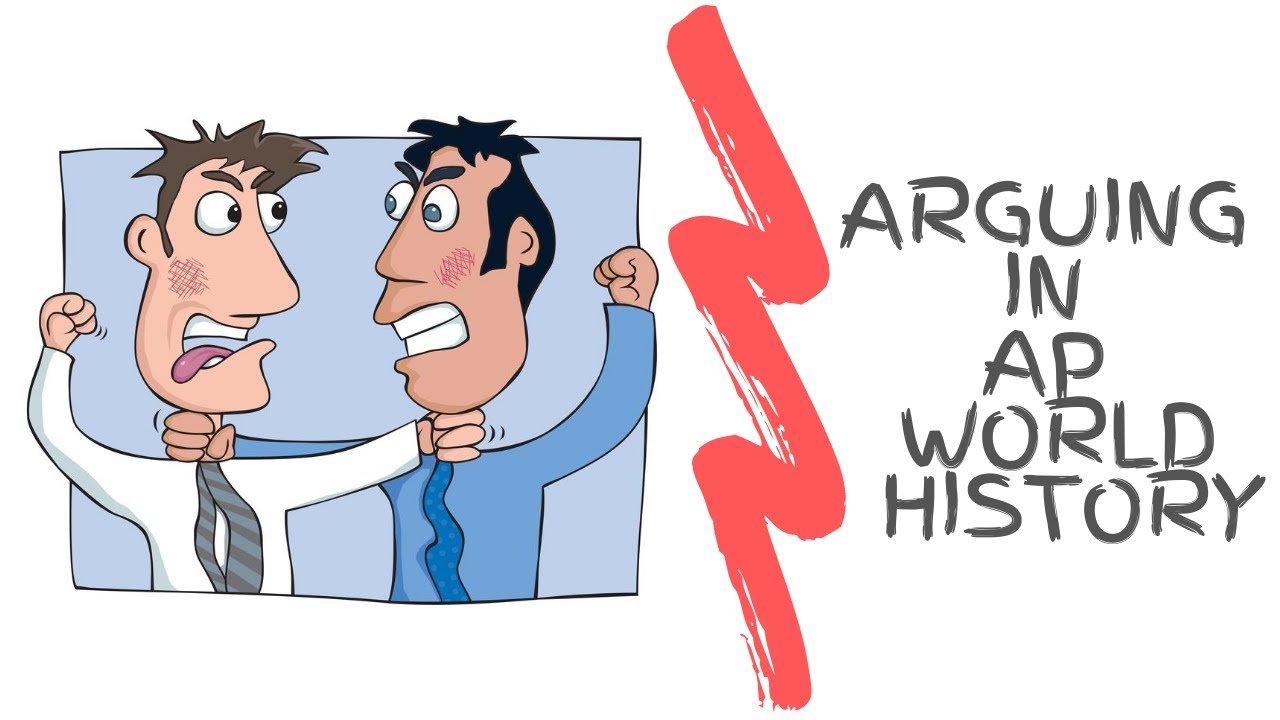 Submit argument in ItsLearning (Analyze the social effects of metals on early farming communities.) Read pages on Paleolithic to Neolithic societies. Submit argument in ItsLearning (Analyze the social effects of metals on early farming communities.) Read pages on Paleolithic to Neolithic societies. |
|
| Reading on Agricultural Revolution to Civilizations (See ItsLearning). Download the Flipgrid app and respond to teacher's video with an argument. |
|
|
Read text on the rise of civilizations. Watch video on Making Arguments about River Valley Civilization. |
|
|
Watch video on Classical State-Building. |
|
| Analyze documents on decline of Classical Civilizations and perform tasks (use google form). |
|
Read text on Cultural Traditions. Watch Crash Course videos on Buddhism and Islam through Edpuzzle (answer questions). Watch video on Belief Systems in Civilizations.  |
|
| Contextualize Document from South Asia on Flipgrid. |
|
| Summative Assessment on Unit Zero |
|

| Weeks 1 and 2 | Weeks 17 and 18 2019 |
| Weeks 3 and 4 | Weeks 19 and 20 2019 |
| Weeks 5 and 6 | Weeks 21 and 22 2020 |
| Weeks 7 and 8 | Weeks 23 and 24 2020 |
| Weeks 9 and 10 | Weeks 25 and 26 2020 |
| Weeks 11 and 12 | Weeks 27 and 28 2019 |
| Weeks 13 and 14 | Weeks 29 and 30 2019 |
| Weeks 15 and 16 | Weeks 31 and 32 2019 |

2016-09-14
This time period covers Periods one and two, but will be taught and assessed as a single unit. It is very important for later units that you learn the material in this first time period well. You will learn about the discovery of agriculture, the development of metal technology, and the rise of civilizations. After learning about the first major civilizations that emerged in river valleys, you will study the classical civilizations of India, China, and the Mediterranean region (Greece and Rome). You will learn many major belief systems and religions in this unit, and understand how they support and influence political, social and gender structures. After comparing the ways in which these classical civilizations fell, you will see that at the end of this time period civilization is defined more by religious zones (Buddhism, Christianity, Hinduism, etc) than by political empires.
As you read the Key Concepts, don't just memorize individual facts (although you do need to know them.) It is important that you know how facts serve as examples of the larger concepts under which they are indexed.
| Class Podcasts | |
| Classical China's Political Consolidation | |
|
Learning Objectives for this Podcast: |
|
| Roman Civilization | |
|
Learning Objectives for this Podcast: |
|
| Podcast 3 | |
|
Learning Objectives for this Podcast: |
|
|
Learning Objectives for this Podcast: |

At the beginning of unit 3 the classical civilizations are gone and religion takes a primary role in defining civilizations. Although the Roman empire never recovers, the eastern half, the Byzantine Empire, continues until the end of this time period and spreads orthodox Christianity and a model of strong centralized government. Buddhism is now a permanent feature of Chinese civilization, and through the dynamic and urban dynasties of the Tang and Song, spreads to Korea, Japan and southeast Asia. Perhaps the most remarkable religious phenomenon of this unit is the rise and spread of Islam. Islamic empires spread culture and ideas, and form spheres of increased trade and contact. The Silk Road trade routes--so prominent in connecting the classical civilizations of the previous unit--are eclipsed by Indian Ocean trade. And finally, nomadic people play a important role during this era, the most important of which are the Mongols who build the largest land empire the world has ever seen. By the end of this unit, western Europe and China are each experiencing a renaissance of culture, Russia is recovering from Mongol domination, and the two hemispheres of the globe are about to be introduced by Columbus.
As you read the Key Concepts, don't just memorize individual facts (although you do need to know them.) It is important that you know how facts serve as examples of the larger concepts under which they are indexed.

This period begins with the fall of Constantinople to the Muslim Turks, an event which impels Europeans to find new trade routes to the East. In this pursuit, the two hemispheres of the world meet and engage in the first truly global system of trade. A major difference between this and the previous period is that Islam is divided into 3 regional empires rather than a single unified Dar al Islam. The role of nomadic people is significantly less important in this era, as only large wealthy empires can afford the large militaries armed with firearms, another characteristic of this era. Gunpowder transforms West Africa, Japan, the Muslim world, and allows the Russian empire to continue its growth. Europe undergoes a cultural transformation in which intellectuals relied on direct experience and observation rather than the presumptive authority of the past to gain knowledge. The resulting benefits in science allowed Europe to project itself into the Indian Ocean and to subjugate people in the New World as they created colonies and exploited indigenous people there. China was once again ruled by foreigners and Japan centralized its rule with the aid of gunpowder. Both of these Asia powers were able to resist the Europeans during this time period, but were not so fortunate in the next.
As you read the Key Concepts, don't just memorize individual facts (although you do need to know them.) It is important that you know how facts serve as examples of the larger concepts under which they are indexed.

At the beginning of this era, the ideas of the Enlightenment challenge traditional ideas about political legitimacy and lead to the American and French Revolutions. Independence movements spread across the Americas and Caribbean. The Industrial Revolution transforms the social and economic foundations of people’s lives, and creates the need for vast amounts of raw materials and markets in which to sell manufactured goods. A new wave of imperialism sweeps the globe, and penetrates areas formally inaccessible to Europe, such as China, Japan, and Africa. Challenged by the new changes in economic and political thought, long standing civilizations struggle between reforming their ways and retaining their traditional identities. Russia, the Ottoman Empire, China and Japan all deal with these struggles, with varying degrees of success. Global competition for colonies and the building of large armies to maintain them bring the world closer to war.
As you read the Key Concepts, don't just memorize individual facts (although you do need to know them.) It is important that you know how facts serve as examples of the larger concepts under which they are indexed.
| Class Podcasts | |
Revolutions Part I |
|
|
Learning Objectives for this Podcast: |
|
| Revolutions Part II |
|
|
Learning Objectives for this Podcast: |
|
The Industrial Revolution: Challenges to the Old Order in Russia and the Ottoman Empire |
|
|
Learning Objectives for this Podcast: |
|
|
Imperialism 2.0: Challenges to the Old Order in Asia |
|
| Learning Objectives for this Podcast: 1) How was Imperialism in this era different than in the previous 3 centuries? 2) What empires expanded and contracted in the industrial age? 3) What were the crises that provoked China and Japan to embark upon reform? 4) What obstacles to reform did China and Japan encounter? How successful were the reform movements? 5) Identify one millenarian movement that was a response to the anxieties of change. |
Page 1 of 14
Warning: Illegal string offset 'active' in /home1/history4/public_html/templates/schoolpro/html/pagination.php on line 90
Warning: Illegal string offset 'active' in /home1/history4/public_html/templates/schoolpro/html/pagination.php on line 96
Warning: Illegal string offset 'active' in /home1/history4/public_html/templates/schoolpro/html/pagination.php on line 90
Warning: Illegal string offset 'active' in /home1/history4/public_html/templates/schoolpro/html/pagination.php on line 96
Warning: Illegal string offset 'active' in /home1/history4/public_html/templates/schoolpro/html/pagination.php on line 90
Warning: Illegal string offset 'active' in /home1/history4/public_html/templates/schoolpro/html/pagination.php on line 96
Warning: Illegal string offset 'active' in /home1/history4/public_html/templates/schoolpro/html/pagination.php on line 90
Warning: Illegal string offset 'active' in /home1/history4/public_html/templates/schoolpro/html/pagination.php on line 96
Warning: Illegal string offset 'active' in /home1/history4/public_html/templates/schoolpro/html/pagination.php on line 90
Warning: Illegal string offset 'active' in /home1/history4/public_html/templates/schoolpro/html/pagination.php on line 96
Warning: Illegal string offset 'active' in /home1/history4/public_html/templates/schoolpro/html/pagination.php on line 90
Warning: Illegal string offset 'active' in /home1/history4/public_html/templates/schoolpro/html/pagination.php on line 96
Warning: Illegal string offset 'active' in /home1/history4/public_html/templates/schoolpro/html/pagination.php on line 90
Warning: Illegal string offset 'active' in /home1/history4/public_html/templates/schoolpro/html/pagination.php on line 96
Warning: Illegal string offset 'active' in /home1/history4/public_html/templates/schoolpro/html/pagination.php on line 90
Warning: Illegal string offset 'active' in /home1/history4/public_html/templates/schoolpro/html/pagination.php on line 96
Warning: Illegal string offset 'active' in /home1/history4/public_html/templates/schoolpro/html/pagination.php on line 90
Warning: Illegal string offset 'active' in /home1/history4/public_html/templates/schoolpro/html/pagination.php on line 96
Warning: Illegal string offset 'active' in /home1/history4/public_html/templates/schoolpro/html/pagination.php on line 90
Warning: Illegal string offset 'active' in /home1/history4/public_html/templates/schoolpro/html/pagination.php on line 96

